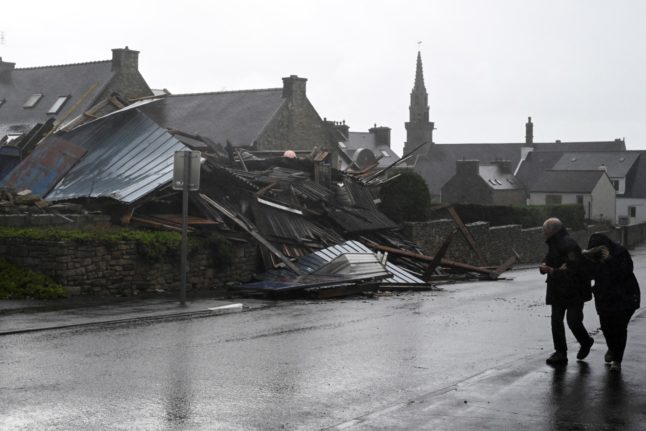PROPERTY
Are you paying too much to rent in France? Find out
Rental caps have been rolled out in Paris, but the rest of the country isn't obliged to play along yet. Here's what you can do, however, if you're paying too much.
Published: 7 April 2016 12:17 CEST
Paris rooftops. Photo: Maree Turner/Flickr
Since August last year, Parisian landlords have had to play along with the rent-capping Loi Alur (or Loi Duflot as it was called) which was rolled out as a part of a sweeping housing reform by the current government.
It came as part of a bid to control rental prices in the capital, which have spiraled upwards by 42 percent over the last ten years.
The reform meant Paris rent prices are now measured in euros per square metre and based on the building's age and location.
Under the rules no new rental contract could charge more than 20 percent per square meter above the neighborhood’s median rent, which is assessed annually by a “local rent observatory”.
So for example if you live in a 30 square metre one-bedroom apartment around Pére Lachaise in Paris, the maximum rent should in theory be €729 per month.
Up to now however the law has only been applied in Paris, even though a number of designated “strained” zones were identified across the country including cities like Lyon, Marseille and Montpellier, where renters faced the same issues as in Paris – crazily high prices and a lack of flats available.
So while the Paris rent system is in the process of being controlled, thousands if not millions of renters across the country are potentially suffering from overpriced homes and apartments, because their local mayors are choosing not to implement it.
But perhaps not for long.
France's consumer rights organisation CLCV has launched a site called “My rent is too high” (Mon loyer trop cher) where renters from all cities can check in to see if they're being ripped off.
After entering your details – providing you live in one of the 1,151 municipalities around the 28 cities in France where the law is supposed to apply – you can learn whether you are indeed paying too much.
If so, you are encouraged to send the information along to your local mayor or MP with just one extra click.
The rights group says it created the system as part of a bid to “mobilize the public” and to “limit the abuse” from landlords around France.
It said that it was “disturbing” to see that so many households are struggling to purchase homes after spending so much on rent, adding that some renters are overpaying by more than €100 a month.
Meanwhile, the rental caps have irked real estate agents and landlords' associations, which have promised to wage legal battles with legal officials choosing to roll out the changes.
That's despite landlords benefiting from certain measures in the reform like a state-run insurance scheme that covers them if tenants don't pay their rent.
If you want to find out if you're paying too much, check out the Mon loyer trop cher site here.
Url copied to clipboard!


 Please whitelist us to continue reading.
Please whitelist us to continue reading.
Member comments